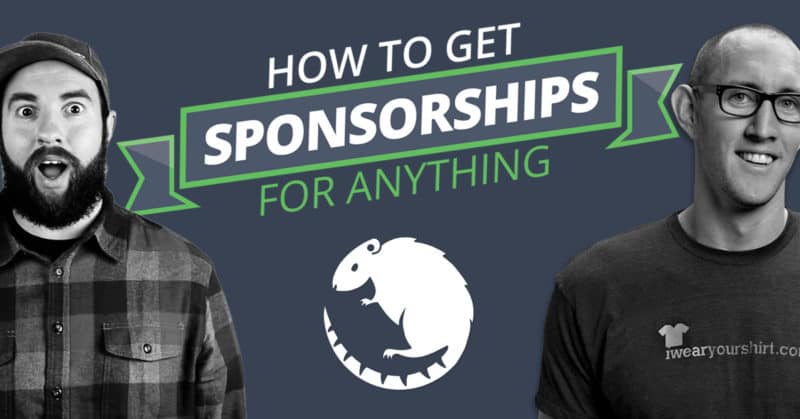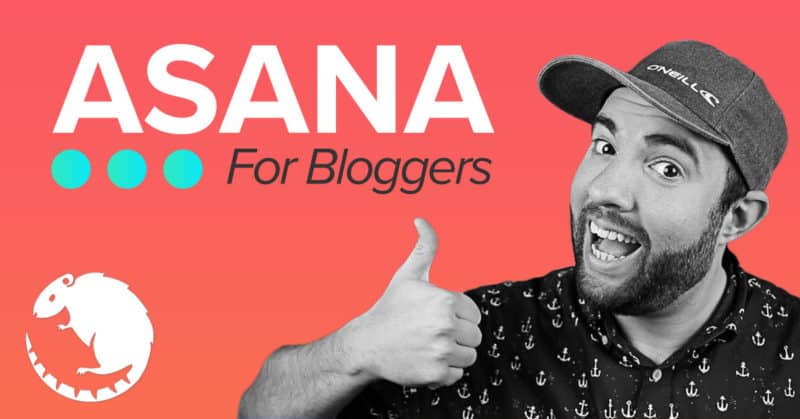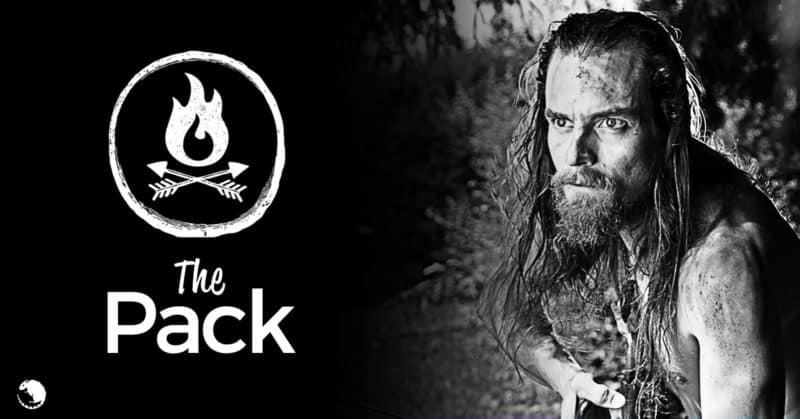The Challenge
For the last 10 years I’ve built and ran a website about pool and hot tub maintenance called Swim University. I have a three-phase plan to complete the Swim University empire. It involves reaching three different audiences:
- Pool and hot tub owners (that’s the current phase of Swim University).
- People who want to own pools and hot tubs.
- People who own pool and hot tub businesses (builders, service professionals, and retailers).
To reach phase two would mean just adding additional content about buying pools and hot tubs on the current version of Swim University. But phase three requires a completely different site and platform, since the content isn’t related.
For years I felt that platform should be a paid membership site. A site where pool and spa professionals can login and learn how to improve their businesses via multimedia courses and a community.
And that’s what I’d like to build.
What We’re Building?
My favorite version of this idea is a product called Fizzle – video business training for independent entrepreneurs. I’ve been a member since their beginning, and I’ve always admired how they ran it.
My plan is to build a simple version using WordPress. It’ll be another arm of Swim University I’m calling Swim University Pro.
The site will include six courses containing both videos and articles. And our initial target audience will be service professionals – they do maintenance and repairs on your pool and hot tub.
The goal of this challenge is to build a minimum viable product (MVP), launch, and get paying customers in just 30 days. Over time (while gathering feedback from members) we’ll add new features, courses, and continue to grow.
NOTE: Because this is a subscription-based membership site, there needs to be a reason for people to keep coming back. Some quick ideas would be:
- Adding at least one new course every month.
- Access to video training materials for new employees (streaming only).
- Holding weekly webinars for members only on specific topics.
- An active community forum to keep up on the latest industry developments and sharing ideas.
- Additional perks for members including discounts for digital products and marketing supplies.
- Free lead generation service from SwimUniversity.com
- Video/Audio interviews with successful pool and spa business owners around the world, and marketing experts.
- Downloadables, including invoice sheets, website badges, guides for new employees, checklists, etc.
Who’s Involved?
I’m not doing this project alone. I’ll personally build the platform and help create the initial course content. But I’m partnering with Monique Nelson, who I’ve known for a few years in the pool industry.
She’s ran multiple online communities for pool and spa professionals. She’s well connected and great a marketing to this audience. She’s the perfect person to manage this and I’m happy she agreed to help with this project.
The Plan
The goal is to build a beta version of the site and get people paying as quickly as possible.
1. Create The Brand Design and Build The Platform
The brand will be very similar in design to Swim University. I’ll create a new logo for Swim University Pro.
I’ll be using WordPress, so I already have a hosting provider (WP Engine) and the skills needed to build a kick-ass website. And I’ll use the Restricted Content Pro plugin ($199/year) which will handle all the membership stuff including:
- Payment processing using Stripe.
- Managing memberships.
- Restricting content (based on Categories).
I haven’t really dug into Restricted Content Pro, by my guess is I’ll be using “Posts” as the “Lessons” and group them together in “Courses” using “Categories.” I have a lot of experience customizing WordPress, so I’m not worried.
NOTE: For video hosting I would like to pay for Wistia.
2. Decide And Start Developing Courses
I know it’ll be important to have a home where we can start adding course content. While it’s being built, Monique is going to reach out to some potential customers to find out what they want to learn. Then, we’ll decide on the initial six courses and who’s creating what.
This will be where a bulk of the time is spent. This is the product!
If time allows, we can decide to add more features. The first one I would add is a community (most likely using BBPress for simplicity).
Course ideas:
- Social Media to Get Leads
- Setting Up Your Website
- Organizing Your Retail Space for More Sales
- Training New Employees
- Scheduling Service Calls
- Increase Referrals
- Get More Leads From Review Sites and Google
- Getting Paid Faster (Using Technology)
3. Testing
It’ll be important to let a handful of industry professionals beta test the platform and take the courses. Everything should be working and the members should be happy.
I would like them to be paying members, but for a beta discount or a one-time “founding” membership fee.
4. Marketing
I would like to create a sales landing page first. This will be a long page detailing the entire product. I will build this page shortly after I finish building the platform. While we’re in Beta, the page will have a signup box to be notified when customers can officially become members.
Over the course of the 30 days, we will create teasers for the launch and get potential customers on a waiting list. Monique has built a Facebook group with a little over 1,000 members. This would be a great place to tease.
I have a small list of about 500 industry contacts in Mailchimp which I’ll also email teasers to.
Once the course is launched, we can write in-depth articles in all the pool and spa trade magazines promoting the platform. I’m also not against spending money on email blasts from theses magazines. I think they’re our best source for customers.
I have friends in the industry who will spread the word, too. That will just be word of mouth, and they will probably be some of the beta testers.
Monique and I are veterans of the industry trade shows. However, the two big ones are in November and January. So this will not be part of our initial marketing plan.
I can include a “Smart Bar” On Swim University calling out any industry professionals who are visiting the site. I know there are some. This may not get us a lot of traffic to the landing page, but it’s worth the effort (because there is none).
Over the past year I’ve become pretty good at Facebook ads. So this is something I’d be very interested in trying in the beginning to see how it goes.
I think content marketing overall will be our strongest marketing channel. We may expand into having our own consumer-facing blog, but I think we would have a better impact writing articles for the trade magazines. That would allow us to reach more potential customers faster.
5. Launch!
It might even make sense to be invite only at first until we feel we have enough content and users active on the platform. Yes, I think that’s the right move. The smaller it is, the more control we’ll have and feedback we can really work with.
These people will be more patient with us while we build out the content and features to open it to the industry.
It will also help us create buzz and nurture an active community.
However, this will only make sense if we have a large waiting list. If the list is small (like under 100 people), then we can just open it to everyone.
The Original Idea Explained
This is a huge idea I’ve been thinking about for the last four years. But it started as something else.
I used to be a non-paid contributor for industry trade magazines like Aqua Magazine and Pool & Spa News. I’ve read these magazines for years, and I noticed the industry’s desire for a national marketing campaign, similar to GoRVing.com or DiscoverBoating.com.
There’s only a handful of industry leaders out there with enough strength and money to build one. But to me, all the industry needed was a good website with a lot of content to promote the joys of owning a swimming pool and/or hot tub.
“I know how to build websites,” I thought. Why can’t I start one on my own?
I talked to a few high-power friends in the industry who said they would support me (financially) if I needed it. I bought the domain name StartSplashing.com, but never acted on it.
My plan was to create a consumer-facing website where anyone could do research on how to buy a pool or a hot tub. There would be endless amounts of information, resources and tools. Similar to Edmunds.com for buying a car, or LasVegas.com for vacationing in Vegas.
NOTE: These sites are all paid for by a group of industry leaders who believe a “rising tide lifts all boats.” Meaning, if more people buy pools and hot tubs, everyone in the industry wins.
To fund the project, I wanted to create a paid private membership site to educate pool and spa professionals about improving their businesses – both on and off the internet. I would also provide free sales leads directly from Swim University. All I’d have to do is create a lead generate form on SwimU and connect members.
I also wanted to provide members with Start Splashing marketing merchandise. Things like retail signage, stickers, helpful brochures, anything to let customers know they were a part of the Start Splashing campaign. This would help customers recognize who was a qualified professional in their area.
This would accomplish phase two and three of my plan. But I couldn’t do this massive project alone. I needed help.
Swim University started growing, but I was moving on to other projects. And this idea has stayed with me. I know it would change the industry for the better, and I also know it would be profitable.
When you think about the entire scope of a project and what you’d like to do, things get overwhelming quickly. This original idea was HUGE, and I think it’s what stopped me from actively pursuing it.
So if I’m going to finally see this through, we have to start small. We have to get a few people on board and grow it over time. Just like I did with Swim University over the last 10 years.
The Plan For the Future
It’s important for us to get something up and running quickly. But overtime we will dedicate ourselves to growing it quickly in the first full year.
Things need to be constantly added, and we need a thriving and active community, if we want people to keep renewing their subscription each month.
I would like to think of our growth in phases. These phases don’t have a timeframe and can be changed at will as we get more feedback from paying customers. But here’s just a rough plan.
Phase One: Minimum Viable Product
This is what we’re building in 30 days. We should use content we’ve already got to make this faster. For instance, I’ve given talks on social media, and have several recorded interviews from my short-lived Swim University podcast – I can change the intro. We’ll have a solid platform with:
- Six multimedia 101 courses.
- A community forum.
- Audio/video interviews with leading industry experts.
- If time allows, and things are thriving, it would make sense to also add the weekly webinars to keep people coming back.
Phase Two: Course Growth
Once we have a good amount of paying members, we should focus on:
- Adding courses people ask for. At least one a month, if not two.
- Interviews, because they’re easy to create over Skype in video or audio format.
- More downloadables.
- Introduce an affiliate program.
- Perks, like discounts on hosting, website building software, email marketing software, etc.
Phase Three: Increase Membership Tiers
Once we feel comfortable with the main product, we can start to think about adding additional features to keep people on board. Things like:
- Free sales leads from Swim University (higher pricing option).
- Physical marketing supplies like banners, flyers, video ads, etc. (higher pricing option)
- In-person meetups at trade shows and other events.


